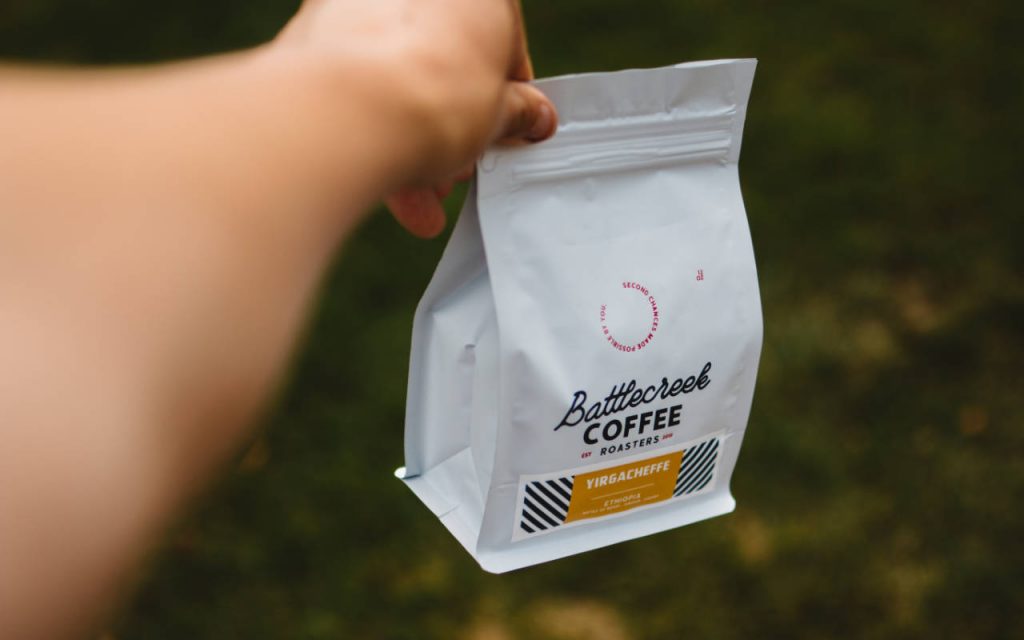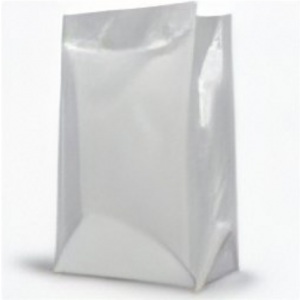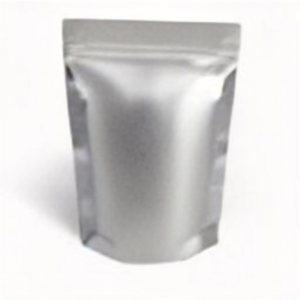Like many innocuous words that have taken on new meanings over the years, the term ‘gusset’ might be eyebrow-raising in some circles. But once you get to know what a gusset really is, you quickly get over the silliness of it!
In engineering, garment-making, and basically every other application (including polythene bag production), a gusset is simply an extra bit of material added on, usually for strength.
In the case of gusseted bags, the tubing used to create the bags is wider than the target bag size. The extra bits of material are then folded inwards, and the bag is sealed in such a way as to make maximum use of the whole volume of the bag – without stretching or tearing. Instead, the bag can become wider to accommodate more filling, as the extra material folds out.
You have definitely encountered gusseted bags before, and probably have some in your home right now. In this post, we’ll introduce the common types of gusseted bags, their pros and cons, and how they are often used.

Bottom gusseted bags
Bottom gusseted bags are a common sight in shops and supermarkets – often used to package coffee, sweets and pet food – but they can be made in much larger sizes, for many industrial applications. As the name suggests, the bulk of the additional material is at the bottom of the bag.

There are actually a couple of configurations of this bag type. One type is folded and sealed into a square, box-like bottom, like the one pictured – which also has side gussets. The other is more pouch-like; with extra material folded in at the bottom to create an oval-shaped base that tapers to a slim, sealed top:

Bottom gusseted bags can still lay flat when empty, just like any other polythene bag, but because they open out, they offer a stable and spacious packaging solution when filled.
The pros
Bottom gusseted bags are excellent all-in-one packaging solutions. They are freestanding, printable, and offer excellent protection for their contents. They look appealing, and can hold heavy loads at thinner gauges – like large quantities of animal feed or industrial food ingredients. This is because the bottom gusset adds more strength to the bag.
The cons
Bottom gusseted bags can cost more, due to the additional sealing and manufacturing processes. However, this cost can be offset if you consider them as an all-in-one solution.
Learn more: printed polythene bags are good for business
Side gusseted bags
Side gusseted bags are essentially layflat tubing that has been folded inwards along both sides, and sealed at the bottom. The side gussets allow the middle section of the bag to widen to the full width of the tubing, without stressing the seals and making more use of the volume of the bag.
Common uses for side gusseted polythene bags
Side gusseted bags are a popular choice for foodstuffs; snacks, nuts, dry ingredients, and even frozen food packaging; but hey can be used for anything from very small to very large items – and gusseted bags can be used as protective coverings or inner packaging, where bulkier single items need to be bagged up.
The pros
Since the folds and seals are simple, side gusseted bags can cost less to make than bottom gusseted bags. While they are not generally freestanding, side gusseted bags can also be used as an all-in-one solution with printing, but this is dependent on the product and how it’s displayed.
The cons
In most cases, a side gusseted bag can’t stand up on its own and can be more difficult to stack predictably. Also, side gusseted bags have a smaller volume than bottom gusseted bags of a similar size, because they pinch in at both the top and the bottom.
If you’re still wondering which type of gusseted bag is right for your packaging, talk to the friendly team at NPF Packaging, and we’ll help you find the best solution.
Custom made polythene gusseted bags
Order gusseted bags from NPF Packaging, made with custom polythene to your exact specifications. Get a quote now, or call us on 01773 820415.


